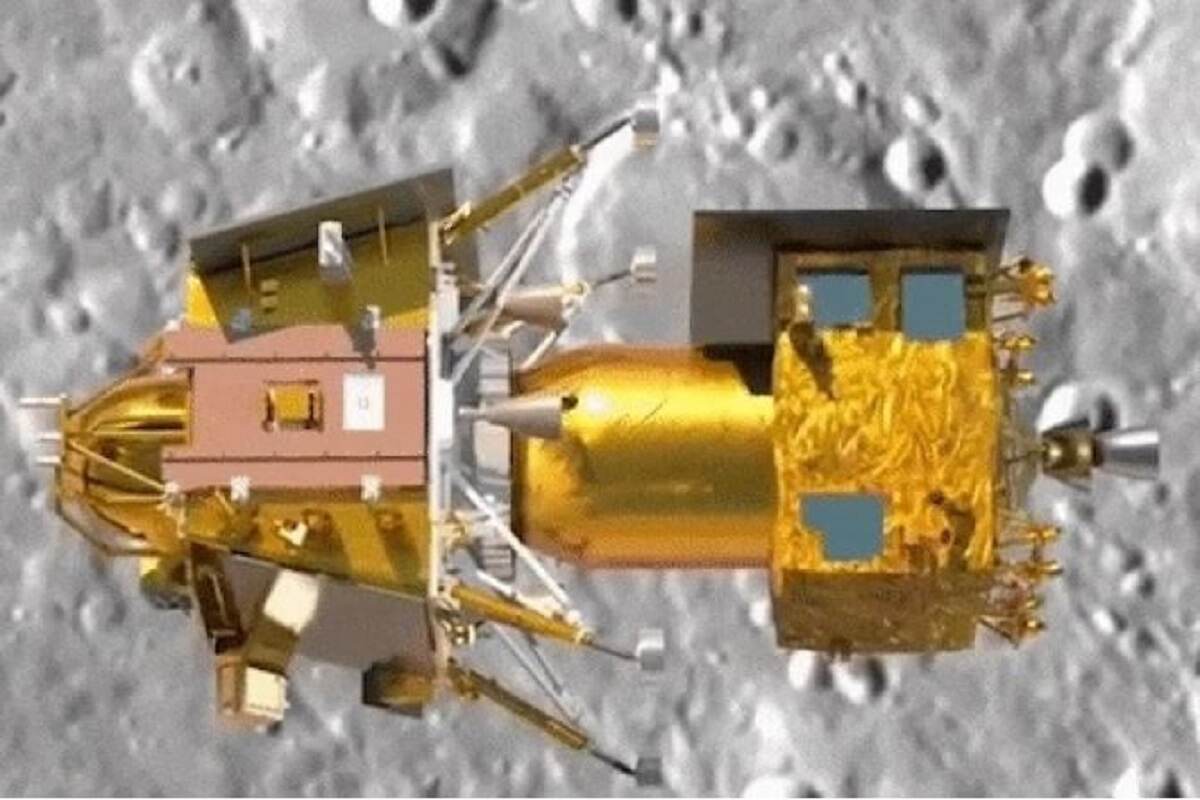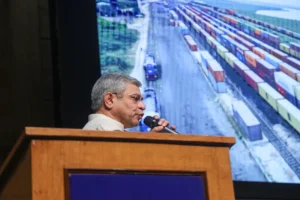
Chandrayan 3
Today at 1 pm, the Indian Space Research Organisation (Isro) successfully separated the Vikram lander from the Chandrayaan-3 mission’s propulsion module, marking a significant advancement in India’s lunar exploration efforts.
One step closer to a gentle landing on the moon has been reached by the spaceship.
The lander, named Vikram Sarabhai after the father of India’s space effort, is equipped with the Pragyan rover. An important turning point in the mission has been reached with the lander’s separation from the propulsion module.
The lander will then be placed into a tighter orbit around the Moon after that.
Currently, the Chandrayaan-3 mission is orbiting the Moon at a distance of 153 km by 163 km. The choice of the landing place will be the next significant event.
Instead of landing in a 500 square metre space during Chandrayaan-2, Isro chose a location with a 4 km x 2.4 km size. This choice was taken to provide the landing attempt additional freedom.
Despite its difficult topography, the south pole area of the Moon is a highly prized target for astronomers because it may contain significant volumes of ice. The extraction of fuel, oxygen, and even drinking water may be facilitated by this.
On August 23, the Vikram lander and Pragyan rover are anticipated to touch down on the lunar surface.
Russian Luna-25, which was launched weeks after Chandrayaan-3 but may touch down on the Moon two days before, is their main rival. Despite the near scheduling, both missions have distinct landing zones set up to prevent interference or the danger of a crash.
The Chandrayaan-3 mission’s objectives include conducting in-situ scientific investigations and demonstrating a secure and gentle landing on the lunar surface.
This mission succeeds Chandrayaan-2, which encountered difficulties in September 2019 when the Vikram lander veered off course during the landing attempt and cut off communication.
Chandrayaan-3 has utilised lessons learnt from that mission, such as improving algorithms and software to reduce software faults.
The race to the Moon’s undiscovered south pole is intensifying in front of the globe as both Russia’s Luna-25 and India’s Chandrayaan-3 prepare to settle on the moon the next week.
To read more such news, download Bharat Express news apps


















